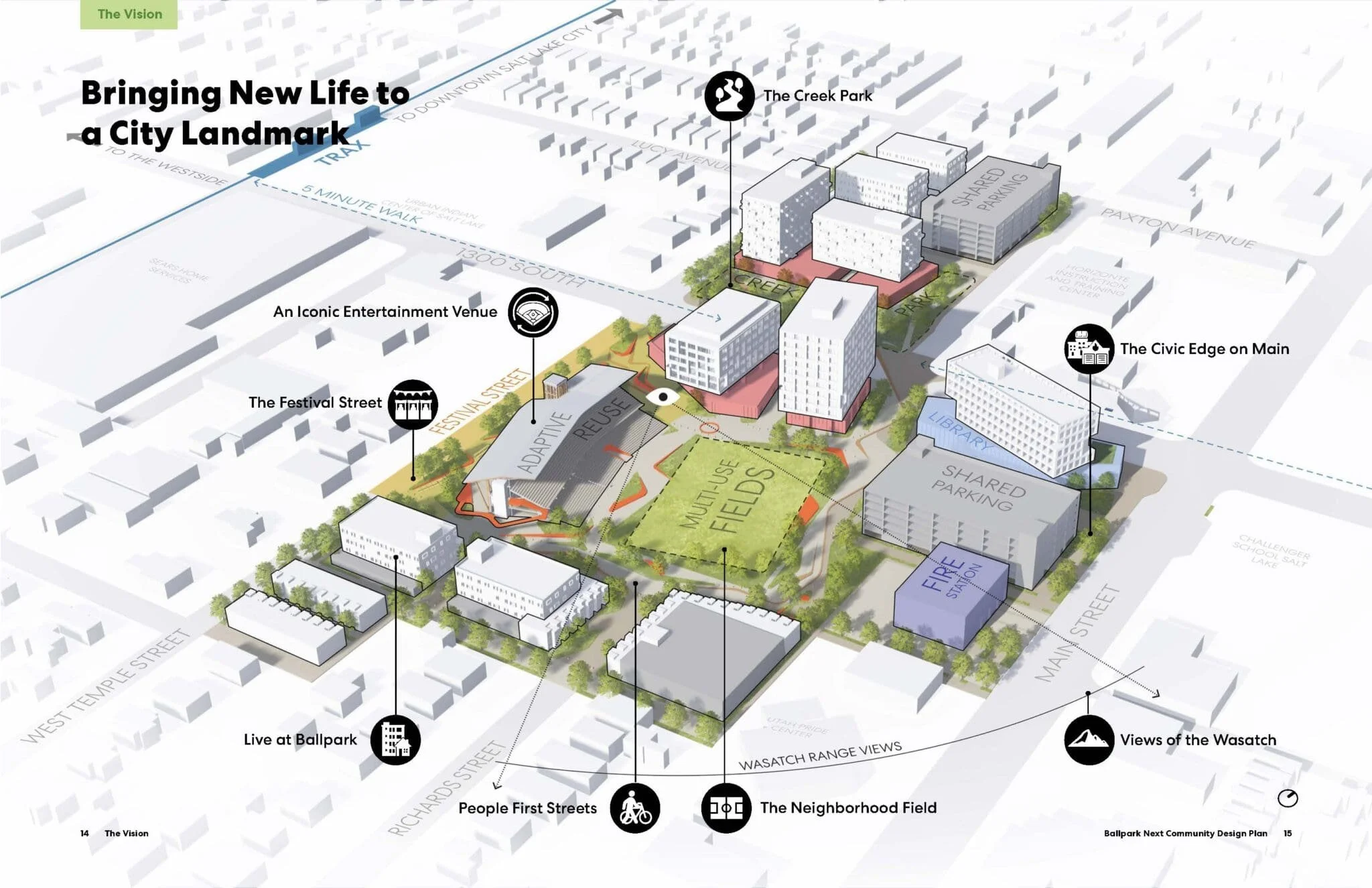$1.2M project to bring 'daylight' to 3 S.L. Valley creeks
Authored by Amy Joi O’Donoghue
Source: Deseret News
An article detailing our organization and the Three Creeks Confluence project, an effort to uncover Red Butte, Emigration, and Parleys creeks—where they empty into the Jordan River in Salt Lake City, UT.
At the turn of the 20th century, city leaders banished the vast majority of three urban creeks to the underground, containing their water in a concrete pipe that empties into the Jordan River.
But just as nature will change its course, so will the philosophy and needs of urban planning, and in cities across the country, creek "daylighting" — or returning them to a natural state — is taking hold.
One such project involving Red Butte, Emigration and Parleys creeks will begin next year to expose 200 feet near their confluence with the Jordan River at 900 West and 1300 South.
Right now, the creeks are piped below 1300 South before they end at the Jordan River.
Brian Tonetti, executive director of the newly formed Seven Canyons Trust, said the Three Creeks Confluence Project grew out of a University of Utah class in the Department of City and Metropolitan Planning.
Tonetti was an urban planning student focusing on environmental and sustainability studies who took part in the senior "capstone" project that required a visionary paper detailing how a daylight project might work.
The paper went on to win an award from the Utah Chapter of the American Planners Association and became the blueprint for a $1.2 million grant involving Seven Canyons Trust and the Salt Lake City Department of Parks and Public Lands.
Work to resurrect the three creeks should begin in 2018.
"These natural spaces and open spaces are important to our well-being," Tonetti said.
Flooding, contamination from livestock, people and everyday life led city leaders to take the streams below ground at the turn of the century.
In a daylighting project, those same concerns can resurface, but Tonetti said modern tools of technology, emphasis on water quality management and a better understanding of controlling for floods often make those worries subside.
"Inherently there can be danger and safety concerns when you have an exposed creek," he said. "They are not swimming pools. They are natural environments that warrant our respect for them."
The Three Creeks Confluence Project envisions a community park and a new open space that offers riparian habitat, a natural cooling environment and the economic benefits of enhancing a neighborhood. The city's plans call for a pedestrian bridge and a delta that spreads the average 1,000-cubic-feet per second of water into the river.
At present, the culvert empties into the Jordan River in a weed-filled, city-owned lot that sits empty.
Tonetti said the seven urban creeks in the Salt Lake Valley — City, Red Butte, Emigration, Millcreek, Parleys and Little and Big Cottonwood creeks — can serve as a conduit that brings communities together.
"There are seven green veins running through the city that can become that east-west connection," he said.
Daylighting a creek is becoming more and more popular as planners seek to boost urban amenities for residents.
The Strawberry Creek Park in Berkeley, California, was one of the first projects of its kind in the country when in 1984, 200 feet of the piped stream were removed from a culvert under an empty lot and transformed into a free-flowing creek in a community park.
According to the San Francisco Public Utilities Commission, daylighting a creek can repair a natural hydrologic cycle, increase capacity in pipes, slow peak flow rates and provide habitat for birds and other wildlife.
Daylighting projects are done only if it decreases the risk of flooding in local flood zones and if an active channel maintenance program is in place to monitor for debris or other blockages in stream flows, according to the commission.
Tonetti said more than 21 miles of Salt Lake County's main tributaries to the Jordan River are buried in underground culverts.
To celebrate the beginning of this daylighting project — and Tonetti said there will be more to come — there is a community event from 10 a.m. to 1 p.m. June 24 at 1300 S. 815 West. Local artists Wendy Wischer and John Mack are installing a new art piece, "Where the Waters Meet," and residents are invited to participate in an open mic with poetry, song or dance.




